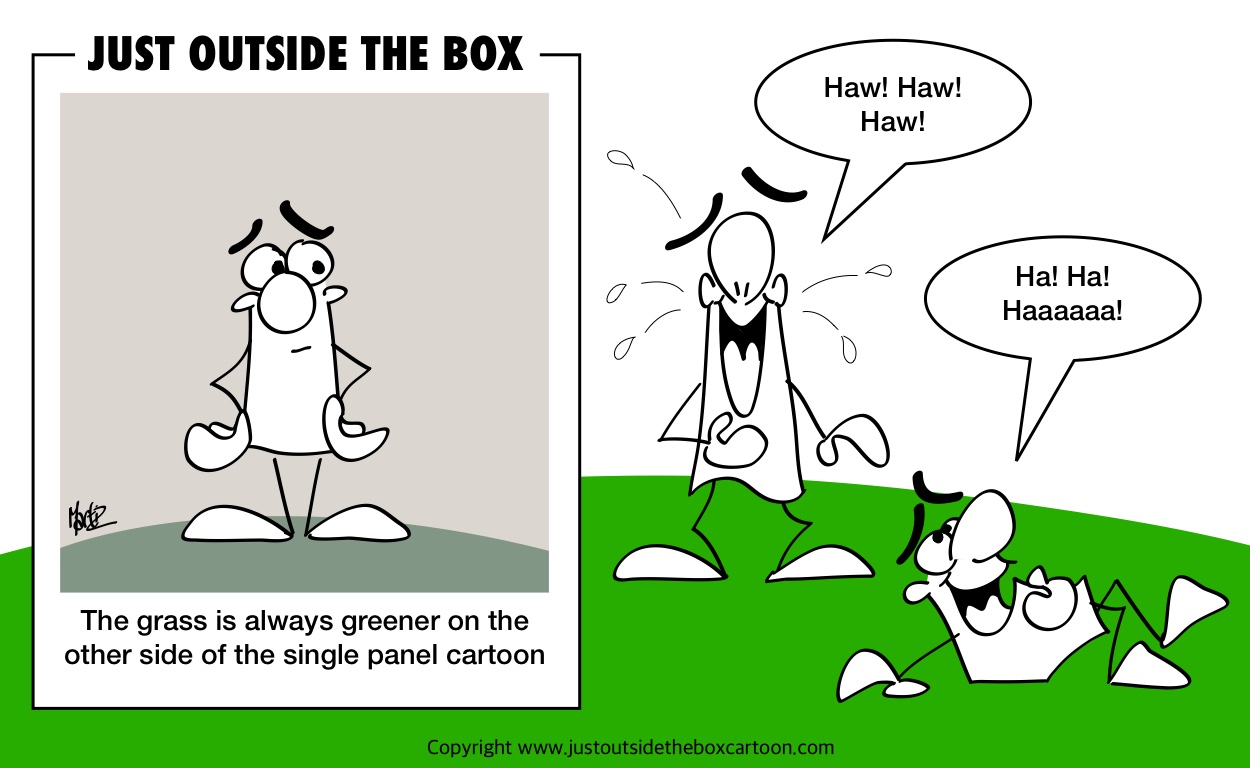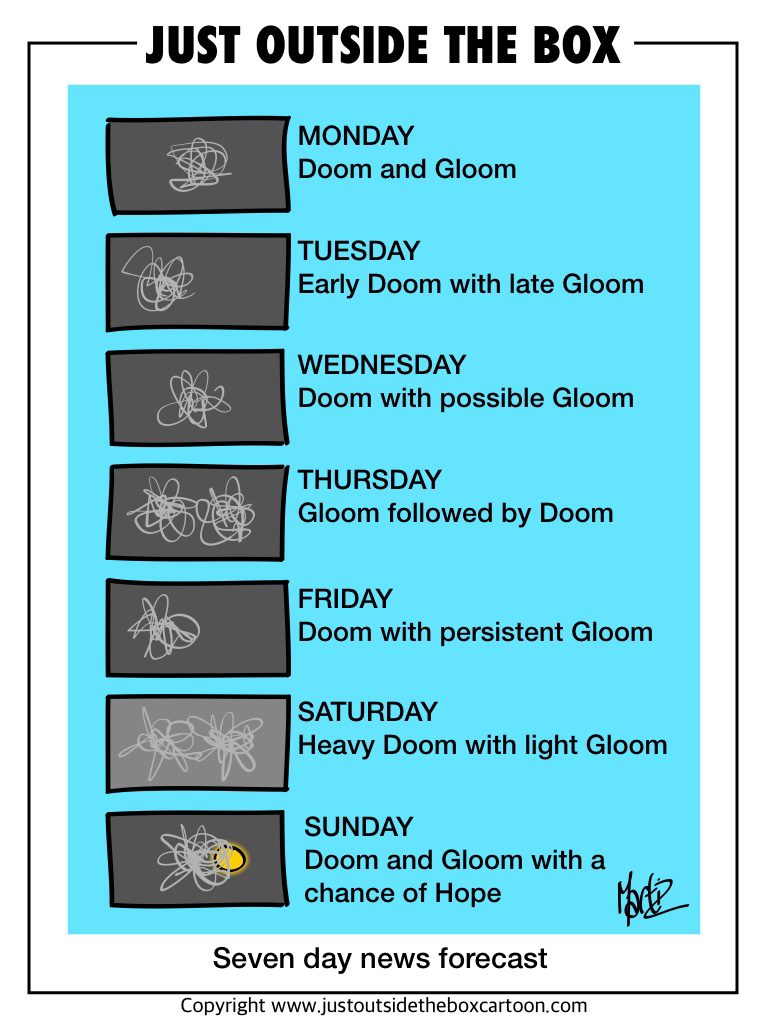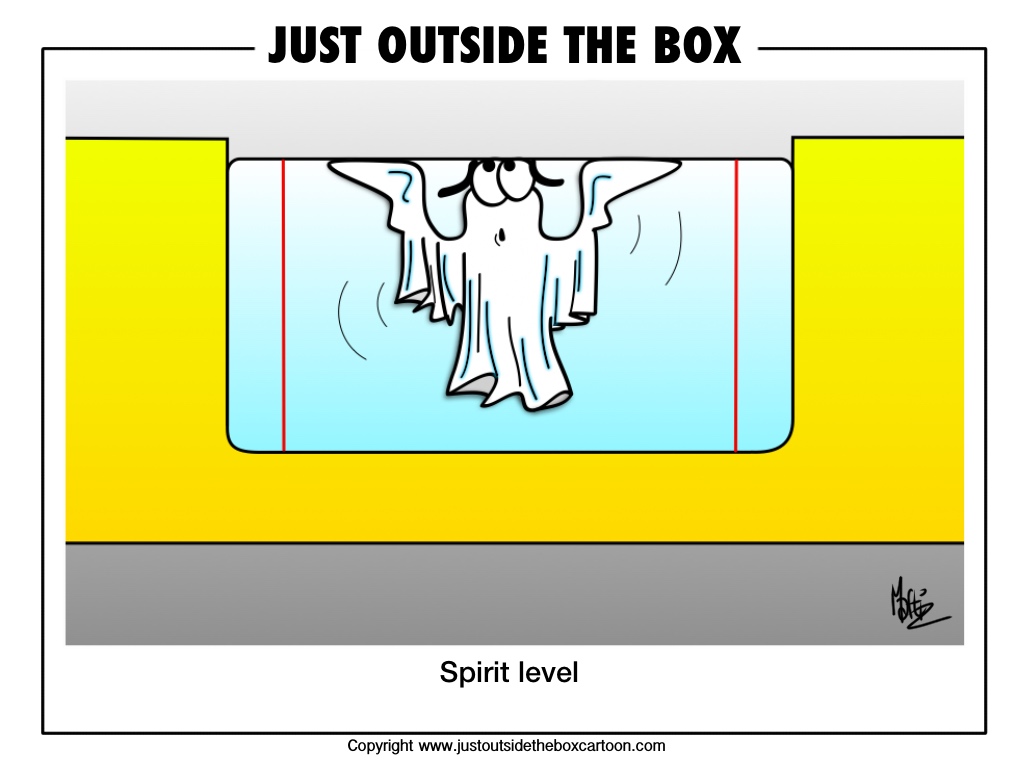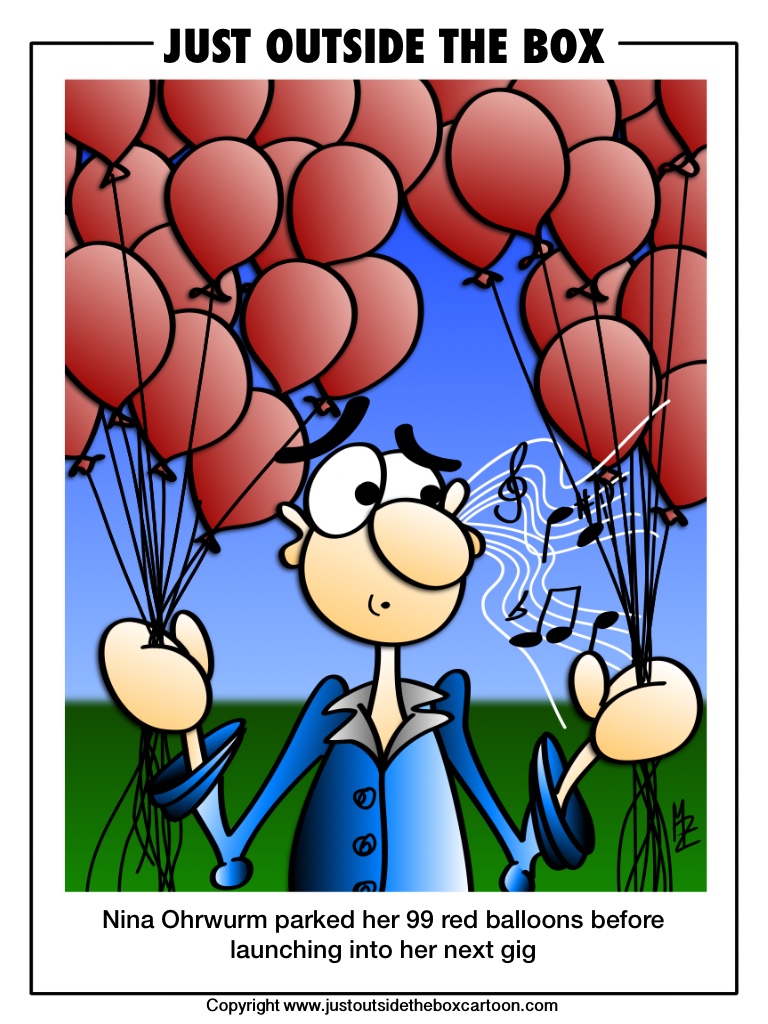
…and going for a bargain!
 Hans Christian Andersen’s tale ‘The emperor’s new clothes’ was first published in 1837 but this well known story was not original to the famous Danish author. It was based on a 1335 story from the ‘Tales of Count Lucanor’, a medieval Spanish collection of fifty-one cautionary tales. However, it’s fair to say that Andersen’s version was the one that has sustained ongoing popularity and has subsequently inspired other to adapt the idea into other works, including:
Hans Christian Andersen’s tale ‘The emperor’s new clothes’ was first published in 1837 but this well known story was not original to the famous Danish author. It was based on a 1335 story from the ‘Tales of Count Lucanor’, a medieval Spanish collection of fifty-one cautionary tales. However, it’s fair to say that Andersen’s version was the one that has sustained ongoing popularity and has subsequently inspired other to adapt the idea into other works, including:
- Author and mathematical physicist Roger Penrose parodied artificial intelligence as having no substance in his book The Emperor’s New Mind: Concerning Computers, Minds and The Laws of Physic
- Elton John uses the title of the story in the opening track of his 2001 album Songs from the West Coast.
- American pop band Panic! At the Disco released a song titled Emperor’s New Clothes, which includes the lyrics “I’m taking back the crown. I’m all dressed up and naked.”
- Award-winning Zimbabwean cartoonist Tony Nanmate, published a collection of political cartoons entitled The Emperor’s New Clods and highlight some landmark moments in a troubled period of the country’s history.
- Keld Moseholm created the sculpture (below), depicting the moment where the emperor sees his new clothes for the first time.
I love a good proverb as it can be so colourful in the imagery it creates.
This particular one has been traced as far back as the poetry of Publius Ovidius Naso, also known as Ovid (43 BC – 17 AD), who wrote Fertilior seges est alenis semper in agris (the harvest is always more fruitful in another man’s fields).
However, the sentiment probably predates the written language.

With Delta now on the shores of Australia, August 18 saw Melbournians in their 200th day of lockdown…by count, that makes today 213 and still counting…

Following on from my last video, I have created a new one exploring the use of controls within the practice of risk management.
It’s the age old conundrum – who came first – the chicken or the egg?

Rather unsurprisingly there is a variety of information available on this topic, but the overall general consensus is….drum roll…
….the egg and in the words of Neil DeGrasse Tyson,
“The egg came first, laid by a bird that was not a chicken.”
But is would be too easy to stop at just the words of celebrity scientist DeGrasse. Others have applied their brain matter to determine the answer, including:
The ancient Greeks – Aristotle (384–322 bc) and Plutarch (about 46–120 ad). Aristotle concluded that both the chicken and the egg must have always existed. Both believed that everything on Earth first had its being in spirit.
British scientists used a super computer called HECTor and 5 million core hours of computer simulations to prove that the chicken came first. So how did they do this? As part of their research into the protein ovocledidin-17 (OC-17) which is found only in the hard part of the chicken’s shell, the British researchers claimed that the chicken must have come first as the formation of eggs with OC-17 is only possible thanks to a protein found in the chicken’s ovaries. ‘It had long been suspected that the egg came first but now we have the scientific proof that shows that in fact the chicken came first,’ said Dr Colin Freeman, from Sheffield University.
Alice Kaswell’s experiment involved posting separately a live chicken (which under US postal laws is allowed provided certain criteria is met) and egg via the US Postal Service. She then departed for the delivery address – the James A Farley post office – a 24 hour post office in NewYork and waited patiently for the arrival. Alice reported the chicken to arrive first.
Physicists from the Queensland University and NÉEL Institute conducted an experiment in the realms of quantum mechanics and concluded that both came first (looks like we’re back to Aristotle). In this branch of science cause-and-effect is not so straightforward as being one event leading to another. Basically this means that events can happen without a set order.
So, what team are you one? Team egg or Team chicken?
We possibly take weather forecasting for granted these days, but within the study of meteorology is a whole set of terminology that perhaps you weren’t aware of…well, at least until now. Here is a summary of some of the more quirky words that can used to describe the weather.
- Ball lightning  A relatively rarely seen form of lightning, generally consisting of an orange or reddish ball of the order of a few cm to 30cm in diameter and of moderate luminosity, which may move up to 1 m/s horizontally with a lifetime of a second or two.
- Barber pole  A thunderstorm updraft with a visual appearance including cloud striations that are curved in a manner similar to the stripes of a barber pole. The structure typically is most pronounced on the leading edge of the updraft, while drier air from the rear flank downdraft often erodes the clouds on the trailing side of the updraft.
- Bitterly cold  In winter, bitterly cold or very cold, refers to more than seven degrees Celsius below normal. (So, descriptions are relative to your location, which might explain why Canadians laugh at us Australians when confronted with a ‘bitterly’ cold forecast whilst vacationing in Melbourne. You can easily spot them, they are walking around in shorts, whilst the locals are rugged up in scarves and black coats).
- Broken clouds  Clouds which cover between 5/8ths and 7/8ths of the sky.
- Heat index  An index that combines air temperature and humidity to give an apparent temperature (how hot it feels).
- Hot spot  Typically large areas of pavement, these “hot spots” are heated much quicker by the sun than surrounding grasses and forests. As a result, air rises upwards from the relatively hot surface of the pavement, reaches its condensation level, condenses, and forms a cloud above the “hot spot”.
- Iridescence  Brilliant patches of green or pink sometimes seen near the edges of high or medium level clouds.
- Katabatic  Wind blowing down an incline, such as down a hillside; downslope wind.
- Mushroom  A thunderstorm with a well-defined anvil rollover, and thus having a visual appearance resembling a mushroom.
- Yellow wind  A strong, cold, dry west wind of eastern Asia that blows across the plains during winter and carries a yellow dust from the desert.
- Sunny Sunny or a few clouds means that less than half the sky has clouds.
I had to stop myself and limit it to eleven, but if you want to read the entire list, then click on over here.
The most beautiful weather I’ve ever experienced was whilst sun baking on the amazing Whitsunday island – The perfect sunny day (zero cloud)… probably the environment had a little bit to do with it.
What is the most amazing weather you’ve experienced?
Well, maybe it’s an Ohrwurm!
Thanks to Jen, from Espresso Science, I discovered the wonders of Ohrwürmer. The literal translation of this German word is ear worms (Ohrwurm for one) and it is used to describe the phenomena of hearing a catchy song or jungle, which goes over, and over, and over, and over in your head until you go crazy.
Gotta love those Germans for coming up with such a visually descriptive name. I can’t help but picture a tiny worm singing inside it’s unsuspecting victim. Not surprisingly, scientists are fascinated by this insect and have undertaken various studies to get to the heart of the ear worm phenomena. The three key elements are: the type of music, the person and situation. But rather than go into it in great detail here, check out Jen’s comprehensive research into this little bug to reveal the true nature of this singing beast.
When I read Jen’s article, the German aspect reminded me of Nina and her 1980’s song ‘Ninety nine red balloons’, which proceeded to get stuck in my head for the next 20 minutes. So, what ear worms have you experienced? Love them or hate them?





